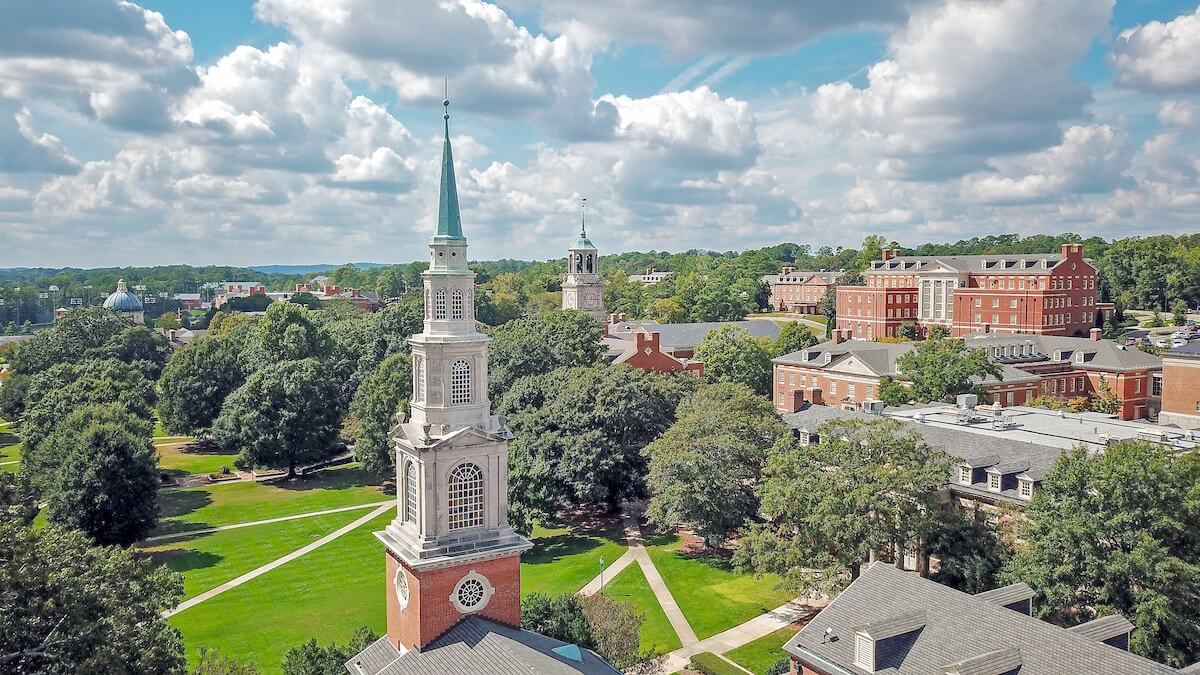Lee Trepanier is Chair and Professor of the Political Science Department at Samford University in Birmingham, Alabama and former editor-in-chief of VoegelinView (2016-21). He is author and editor of several books and editor of Lexington Books series Politics, Literature, and Film (2013-present).

